- Size
- Smallest
- Small
- Small to Medium
- Medium
- Large
- Giant
- Characteristics
- Smartest
- Hypoallergenic
- Fluffy
- Best Guard
- Best Family
- Best for Kids
- Low Shedding
- Healthiest
- Police Dogs
- Most Calm
- Quietest
- Color
- White
- Black
- Grey
- Brown
- Blue
- Red
- Coat
- Hairless
- Short
- Long
- Origin
- Japan
- China
- Australia
- Germany
- Italy
- United States
- France
- Group
- Hound
- Terrier
- Herding
- Toy
- Working
- Sporting
Why Do Some Dogs Have Droopy Ears?
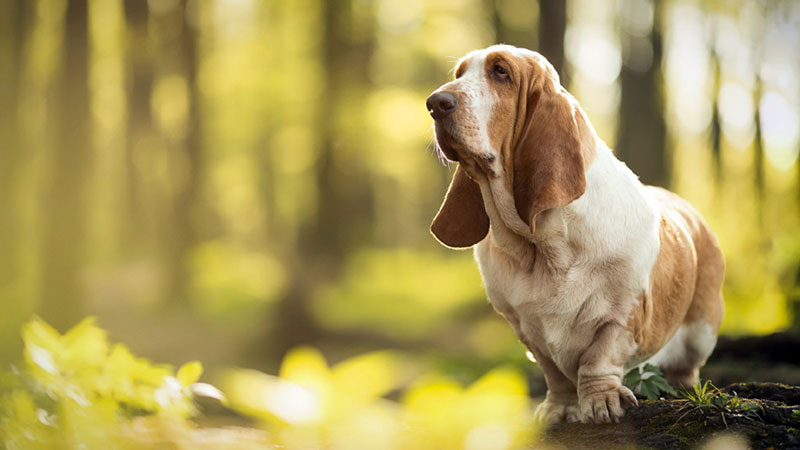
In the world of dogs, the incredible diversity of breeds brings forth a multitude of captivating features, and one such distinctive trait that steals hearts is the presence of droopy ears. From the gentle Basset Hound to the expressive Bloodhound, the allure of droopy ears adds an extra layer of charm to certain canine companions. But why do some dogs have droopy ears, and what factors contribute to this endearing feature?
In this comprehensive exploration, we delve into the genetic, evolutionary, and functional aspects that shape the enigmatic elegance of droopy ears in our beloved four-legged friends.
Genetic Factors
One of the primary explanations for why some dogs have droopy ears lies in their genetic makeup. Genetics plays a crucial role in determining the physical characteristics of dogs, including their ear shape. Certain breeds are predisposed to have droopy or floppy ears due to specific gene variants or selective breeding for desired traits. Let's take a closer look at some of these genetic factors:
Ear Cartilage Development:
The development and structure of ear cartilage play a significant role in determining whether a dog's ears stand upright or droop. Genetic factors can influence the firmness, thickness, and elasticity of the cartilage, determining whether the ears will be erect or floppy. Breeds like the Basset Hound and Bloodhound have genes that result in soft and pliable cartilage, causing their ears to droop naturally.
Muscle Tone and Ear Position:
Apart from cartilage development, the tone and strength of the muscles responsible for holding the ears in an upright position can also impact ear shape. Some breeds may have genetic variations that affect the strength or development of these muscles, resulting in a lack of support and causing the ears to droop. This can be observed in breeds like the Cocker Spaniel or the Dachshund.
Evolutionary Significance of Droopy Ears
Adaptive Advantages in the Wild:
The evolution of droopy ears in certain dog breeds can be traced back to the wild ancestors of domesticated dogs. In the natural environment, canids relied on their senses for survival, and ear shape played a role in enhancing these sensory abilities. Droopy ears, particularly in breeds developed for scent tracking and hunting, may have conferred adaptive advantages by channeling scents toward the nose and aiding in precise olfactory detection.
Functional Significance in Scent Tracking:
Breeds with droopy ears, such as the Basset Hound and Bloodhound, often excel in scent tracking. The droopiness of their ears serves a functional purpose by helping to capture and funnel scents toward the olfactory receptors. This unique adaptation showcases the intersection of form and function, where the elegance of droopy ears aligns with the breed's historical roles and natural abilities.
Functional Advantages of Droopy Ears
Enhanced Auditory Acuity:
While droopy ears are often associated with scent tracking, they can also contribute to enhanced auditory acuity. The shape and positioning of droopy ears can help capture and funnel sound toward the ear canal, providing certain breeds with a heightened ability to detect subtle noises in their environment. Breeds with droopy ears may exhibit remarkable alertness and responsiveness to auditory cues.
Communication and Expression:
Droopy ears, with their relaxed and approachable appearance, play a significant role in canine communication. The positioning and movement of a dog's ears convey various emotions and intentions. Dogs with droopy ears may be perceived as calm, friendly, or submissive, adding a layer of non-verbal communication to their interactions with humans and other dogs.
Breeds Adorned with Droopy Ears
Here are 5 of the most common dogs with droopy ears, reflecting their affectionate expressions and extraordinary smelling abilities.
1. Basset Hound
The Basset Hound is perhaps one of the most iconic breeds with droopy ears. Their long, low-set ears are a beloved feature that adds to their gentle and soulful expression. Basset Hounds were originally bred for scent trailing, and their droopy ears serve a functional purpose. By dragging along the ground, their ears help to gather and trap scent molecules, enhancing their ability to track scents effectively.
2. Bloodhound
The Bloodhound, renowned for its exceptional scenting abilities, also boasts droopy ears. Their long, pendulous ears not only contribute to their distinctive appearance but also serve an important function when tracking scents. The folds and wrinkles in their ears create air currents that direct scent particles toward their highly sensitive nose, allowing them to follow scent trails with great accuracy.
3. Cocker Spaniel
Cocker Spaniels are known for their beautiful, silky coats and expressive, droopy ears. These medium-sized dogs have long, pendulous ears that frame their sweet faces and contribute to their gentle and friendly temperament. While they may not rely on their ears for specialized scent tracking, their droopy ears add to their adorable appearance and enhance their endearing personality.
4. Beagle
The Beagle, a small to medium-sized scent hound, is often recognizable by its floppy, droopy ears. These dogs have a keen sense of smell, and their droopy ears play a role in enhancing their scenting abilities. When a Beagle is working, its ears help to trap and direct scent particles toward their nose, aiding them in tracking scents over varied terrains.
5. Dachshund
The Dachshund, with its unique body shape and unmistakable appearance, proudly displays ears that hang down and flop forward. These small but spirited dogs were originally bred for hunting badgers in their burrows. Their floppy ears not only add to their cute and distinctive appearance but also aid in protecting their ears from dirt and debris while they are in pursuit of their digging adventures.
Grooming and Care Considerations for Droopy Ears
Routine Cleaning and Inspection:
Droopy ears, while charming, can be more prone to certain health issues, including ear infections and wax buildup. Regular cleaning and inspection are crucial to prevent these problems. Owners of breeds with droopy ears should establish a routine of gentle cleaning using veterinarian-approved solutions and regular checks for signs of redness, swelling, or discharge.
Preventing Moisture-Related Issues:
Breeds with droopy ears may be more susceptible to moisture-related issues due to the ear's shape and position. Ensuring that the ears are kept dry, especially after baths or water activities, can help prevent infections. Additionally, regular checks for ear mites and ticks are essential for maintaining the health and well-being of dogs with droopy ears.
Conclusion
Dog breeds with droopy ears possess a unique charm and endearing quality that captures the hearts of dog lovers worldwide. Whether for functional advantages such as scent tracking, protection from dirt and debris, or simply for aesthetic appeal, droopy ears have become an iconic characteristic of various breeds. From the Basset Hound's soulful expression to the Bloodhound's remarkable scenting abilities, these breeds showcase the beauty and diversity of canines with droopy ears. As we marvel at their distinct features, it is essential to recognize and celebrate the individual characteristics and temperaments of each breed, considering their specific needs and care requirements.
You May Also Like
 Breed ReviewsUnveiling the Debate: Cropped Ears vs. Natural Ears in Dogs
Breed ReviewsUnveiling the Debate: Cropped Ears vs. Natural Ears in Dogs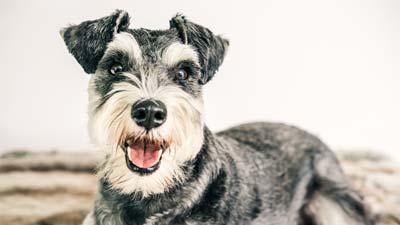 Dog BreedsA Compact Hunter: 6 Small Dog Breeds That Are Wirehaired
Dog BreedsA Compact Hunter: 6 Small Dog Breeds That Are Wirehaired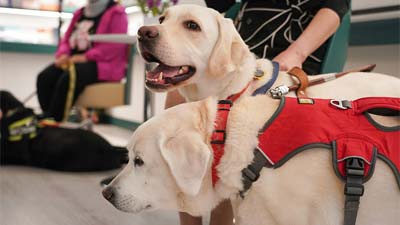 Dog BreedsBreed Guide: Choosing the Best Service Dog Breeds
Dog BreedsBreed Guide: Choosing the Best Service Dog Breeds Best Hunting Dogs10 Dog Breeds That Make The Best Hunting Companions
Best Hunting Dogs10 Dog Breeds That Make The Best Hunting Companions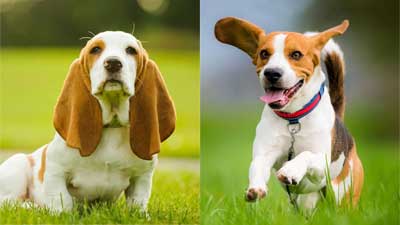 Breed ComparisonBasset Hound vs. Beagle: What's the Difference?
Breed ComparisonBasset Hound vs. Beagle: What's the Difference?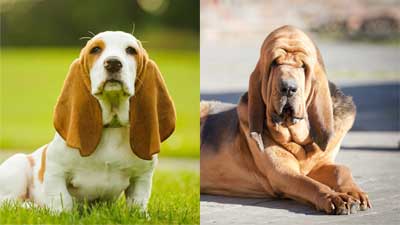 Breed ComparisonBasset Hound vs. Bloodhound: What's the Difference?
Breed ComparisonBasset Hound vs. Bloodhound: What's the Difference?